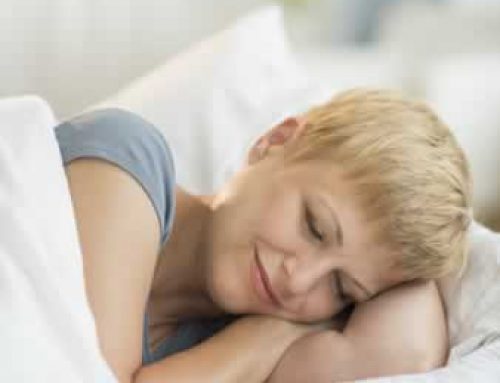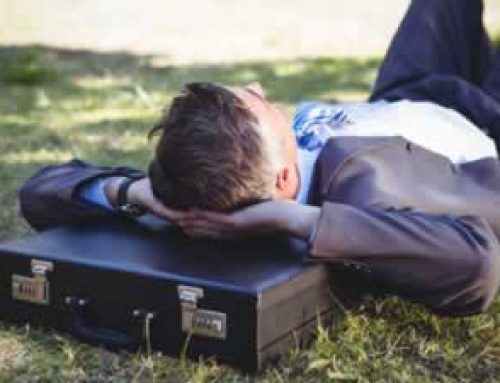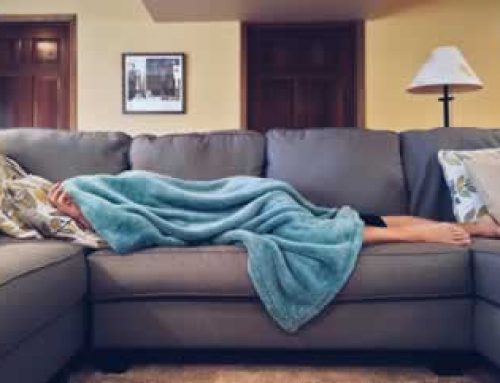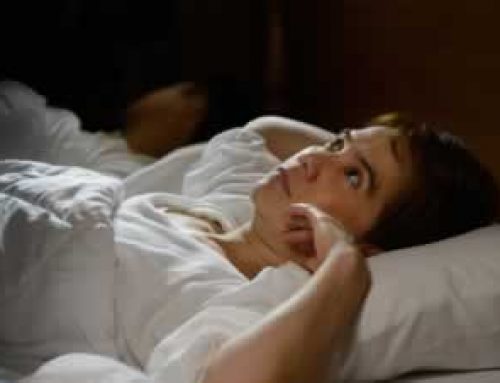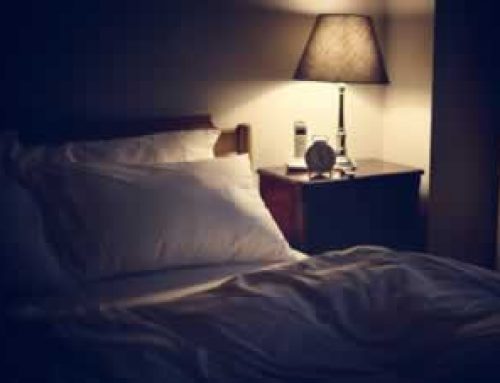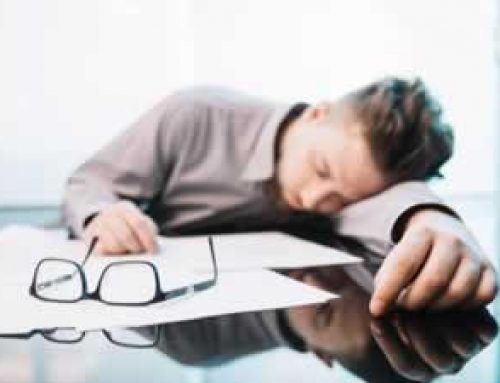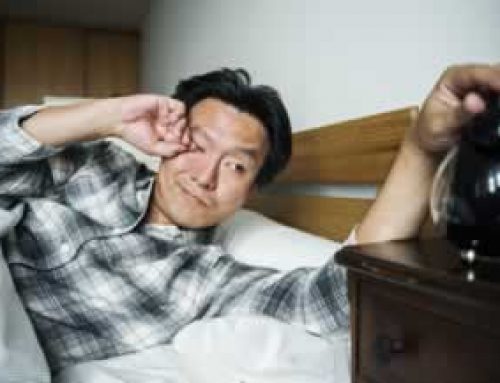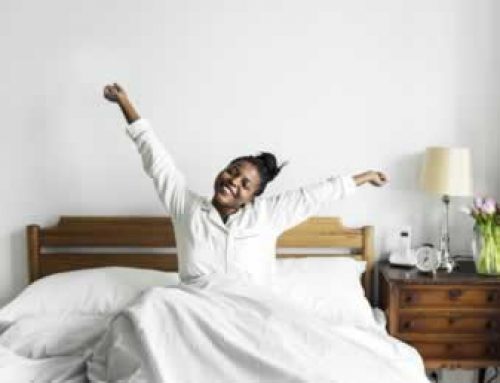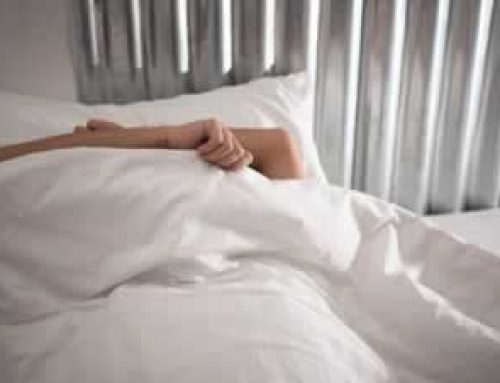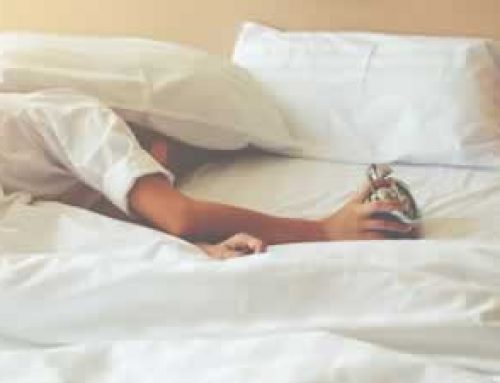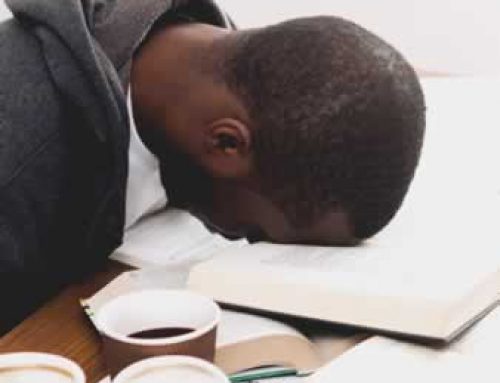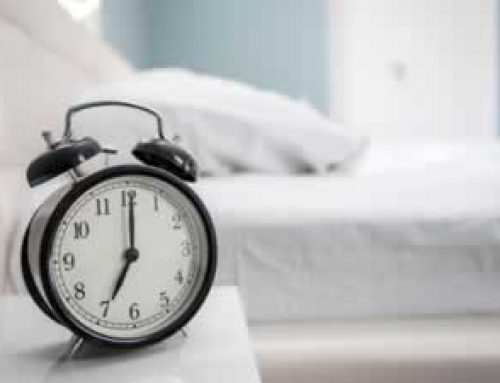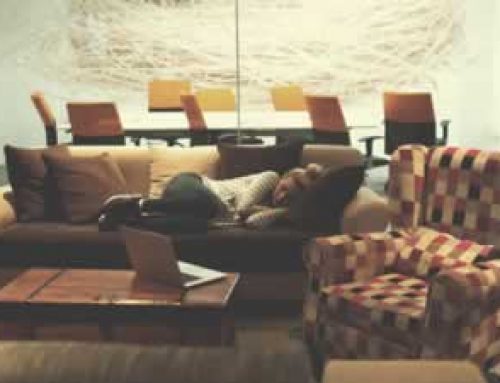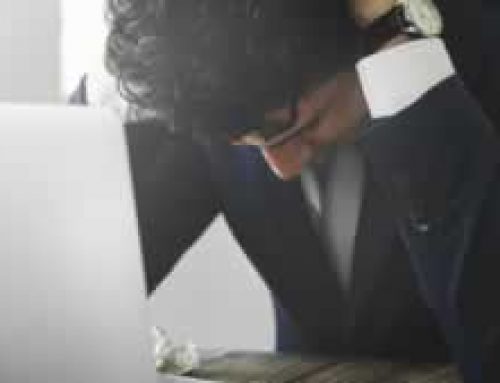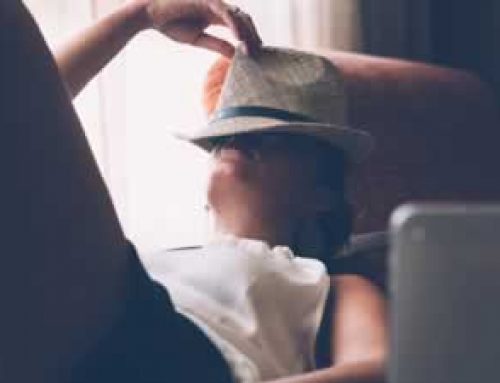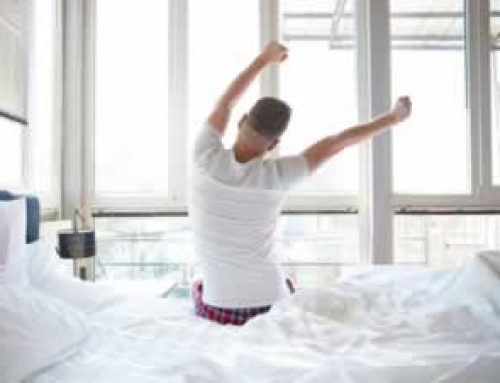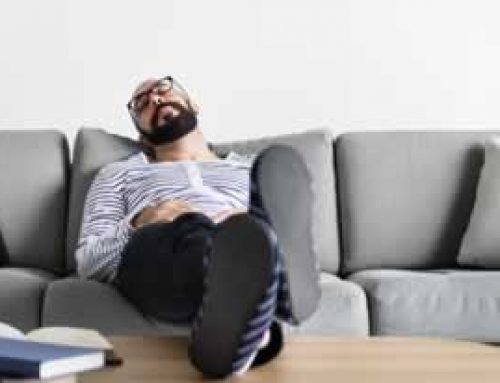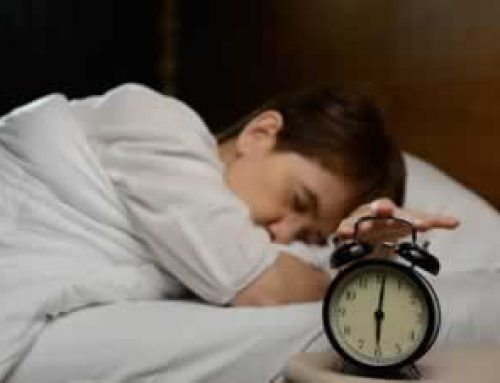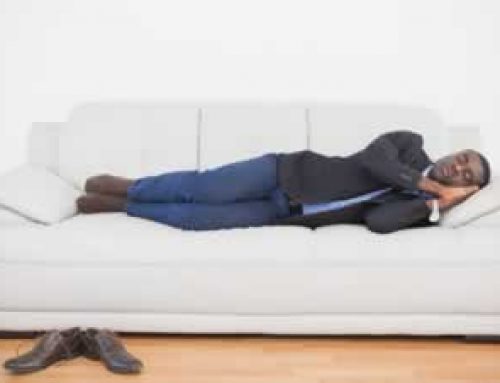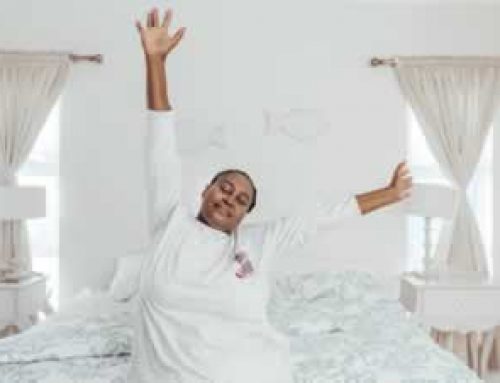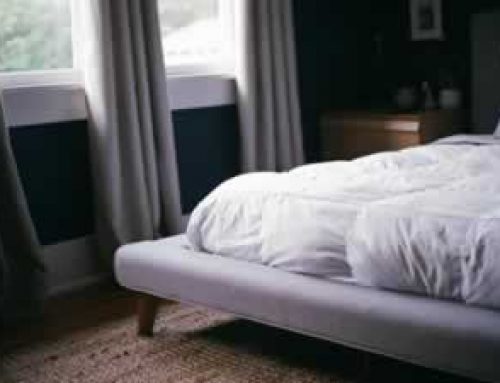
Famous People Who Napped Their Way to the Top
Napping has been used by a wide variety of famous people throughout time to enable them to power through their days and perform at their very best. From presidents to writers and scientists, there are countless examples of successful people who use naps as a performance management tool. Here are a few of our favorite examples:
- Former President Bill Clinton, a noted functional insomniac, napped while in office to help him manage the pressures of his position.
- Naps at the piano provided Brahms with inspiration for many of his musical compositions; most notably, he is reported to have napped at the piano while composing his famous lullaby.
- Margaret Thatcher napped in order to be at her best.
- John F. Kennedy napped after his lunch for an hour or two.
- Eleanor Roosevelt was known for taking short naps before giving public speeches.
Still feeling guilty about napping? Here are some more successful people who swore by a daytime doze:
Winston Churchill, Politician
Churchill was a biphasic sleeper, get an average of 7 hours of sleep each day. He typically slept in two periods, this first being from 3:00 am – 8:00 am and the second from 4:30 pm – 6:30 pm. This allowed him to work through most of the night. In the late afternoon, he would drink a weak whiskey and soda before taking a two-hour nap.
Churchill asserted his naps were essential for him to cope with his wartime responsibilities. In fact, naps were so important to him that he kept a bed in the House of Parliament and believed napping was the key to his success leading the country through the Battle of Britain.
“Don’t think you will be doing less work because you sleep during the day. That’s a foolish notion held by people who have no imaginations. You will be able to accomplish more. You get two days in one – well, at least one and a half.” – Winston Churchill
Albert Einstein, Theoretical Physicist
Naps = genius? Einstein frequently napped during the day, in addition to getting around 10 hours of sleep per night, to help him think more clearly. He is known for napping while sitting in his favorite armchair, pencil in hand, so he would awaken when it fell to the floor. This prevented him from entering a deep sleep that would be difficult to wake up from fully and quickly.
Honore de Balzac, Writer, Critic, Journalist, Printer
Balzac’s writings show that he took a break from writing and napped from 8 am to 9:30 am each day. He’d then spend several more hours writing and then break for dinner and his evening routine. He’d turn in from 6 pm to 1 am, getting 7 hours of sleep a “night.” He’s also noted for drinking an unusual amount of coffee each day.
Franz Kafka, Novelist, Writer
Kafka was a biphasic sleeper. He went to bed at 6 am and woke up at 9 am. He took a four-hour nap, or second sleep, from 3:30 pm to 7:30 pm.
Lyndon B. Johnson, Politician
Johnson, described as both a morning person and a night owl, divided his day into two shifts. He went to bed after midnight and woke up at about 6:30 am or 7 am each morning. He would then work until after lunch and then take a 30-minute nap, getting up before dinner to start his “second shift.”
“Every night before I turn out the lights to sleep, I ask myself this question: Have I done everything that I can…. Have I done enough?” – Lyndon B. Johnson
Fred Rogers, Actor, Puppeteer, Singer, Composer, Television producer, Author, Educator, Preacher
Every day, Rogers woke up at 5:30 am. Rogers took a nap in the late afternoon and went to bed at 9:30 pm, getting precisely 8 hours of sleep.
What are you waiting for? A great nap awaits you too!

